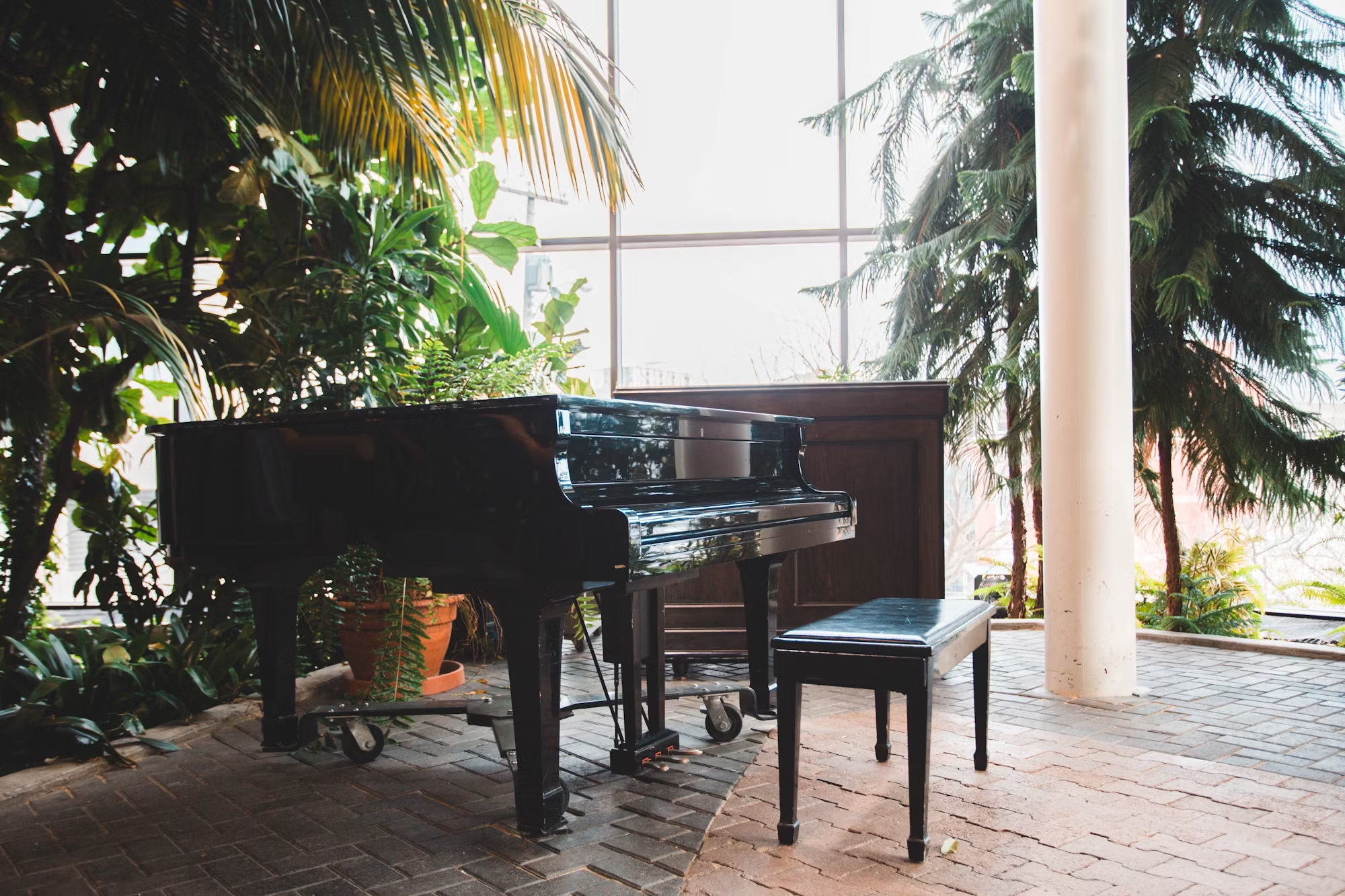Piano music serves as a profound reflection of cultural identity, encapsulating the traditions, values, and emotions of diverse societies. From classical masterpieces to contemporary compositions, the piano has the ability to convey the essence of a culture, acting as both a historical document and a vehicle for personal expression. This article delves into the relationship between piano music and cultural identity, examining how different styles and techniques resonate with the people who create and listen to them. Historically, the piano emerged in Europe during the early 18th century, quickly becoming a staple in both homes and concert halls. Its versatility allowed it to adapt to various musical genres, making it an ideal medium for expressing nationalistic themes. For example, composers like Frédéric Chopin infused Polish folk elements into their works, utilizing the piano to convey a sense of national pride. Pieces such as the ‘Polonaises’ and ‘Mazurkas’ reflect the rhythms and melodies of Polish dance forms, offering listeners a glimpse into the rich cultural landscape of Chopin’s homeland. Similarly, in the realm of Russian music, composers like Sergei Rachmaninoff and Pyotr Ilyich Tchaikovsky drew on folk traditions to create works that resonate with the spirit of their nation. Rachmaninoff’s ‘Prelude in C-sharp minor’ showcases emotional depth while incorporating Russian harmonic idioms, demonstrating how the piano can articulate a cultural narrative that transcends time and place. The influence of cultural identity on piano music is not limited to classical traditions. In the jazz genre, for instance, the piano plays a crucial role in expressing the African American experience. Artists like Duke Ellington and Thelonious Monk utilized the piano to explore themes of resilience, joy, and complexity within their compositions. Ellington’s ‘Mood Indigo’ combines lush harmonies with a bluesy feel, evoking the essence of jazz and its cultural roots. Monk’s innovative approach to rhythm and harmony invites listeners to engage with the music on multiple levels, reflecting the rich tapestry of African American culture. As jazz evolved, so did the role of the piano in contemporary music. Pianists such as Herbie Hancock and Chick Corea embraced a fusion of styles, blending jazz with elements of rock, funk, and world music. Hancock’s ‘Cantaloupe Island’ exemplifies this approach, with its catchy melody and infectious groove, bridging cultural divides and inviting diverse audiences to appreciate the artistry of jazz piano. The global reach of piano music has also led to the incorporation of various cultural influences. Artists like Chucho Valdés and Yiruma have successfully fused their cultural backgrounds with contemporary styles, creating music that resonates across borders. Valdés, a Cuban pianist, incorporates Afro-Cuban rhythms and jazz improvisation into his performances, reflecting the rich musical heritage of his homeland. Yiruma, known for his emotive compositions, blends classical and contemporary elements, offering a universal appeal that transcends language and cultural barriers. In addition to individual expression, piano music often serves as a collective identity, bringing communities together through shared experiences. Festivals and community events frequently feature piano performances, celebrating local culture and fostering a sense of belonging. In many cultures, traditional songs are adapted for piano, allowing the instrument to play a vital role in preserving cultural heritage. This practice not only keeps traditions alive but also invites new generations to engage with their cultural roots through music. The power of piano music to convey cultural identity extends beyond performance. Composers often draw inspiration from their personal experiences, infusing their works with themes that resonate with their backgrounds. For instance, the music of Japanese composer Toru Takemitsu incorporates elements of traditional Japanese aesthetics, reflecting the beauty of nature and the essence of Japanese culture. His compositions often feature subtle contrasts and delicate textures, inviting listeners to experience the interplay of sound and silence that characterizes much of Japanese art. Furthermore, the evolution of piano techniques and styles has contributed to the ongoing dialogue between tradition and innovation. Contemporary composers and pianists frequently experiment with new approaches, incorporating technology and multimedia into their performances. This fusion of old and new allows for a richer exploration of cultural identity, as musicians draw from their heritage while embracing the possibilities of the modern world. For instance, the use of electronic effects in performances can enhance the emotional impact of a piece, creating an immersive experience that resonates with audiences in today’s digital age. As cultural identity continues to evolve in our interconnected world, the piano remains a vital medium for expression. It provides a platform for artists to share their stories and experiences, fostering a sense of connection and understanding among diverse communities. Collaborative projects, such as intercultural music festivals, highlight the importance of piano music in promoting dialogue and cultural exchange. These events not only celebrate the richness of different musical traditions but also showcase the power of music to unite people across cultural divides. The journey of piano music through various cultural landscapes underscores its significance in shaping identity. As artists continue to explore the boundaries of expression, the piano remains a dynamic force, capable of articulating the complexities of human experience. From the intimate melodies of Chopin to the vibrant improvisations of jazz, piano music serves as a mirror reflecting the diverse tapestry of our world. As we listen to the narratives woven through piano compositions, we gain insight into the rich cultural identities that shape our shared human experience. Ultimately, the piano stands as a testament to the power of music in expressing who we are and connecting us to one another, celebrating the beauty of our differences and the universality of our emotions. Through the stories told by this magnificent instrument, we are reminded that music knows no boundaries, and that the language of the piano speaks to the heart of humanity.
